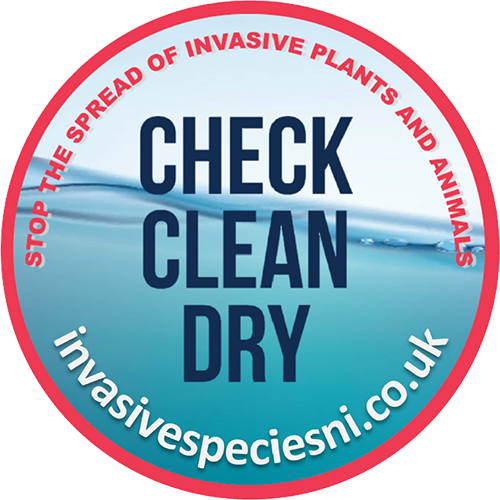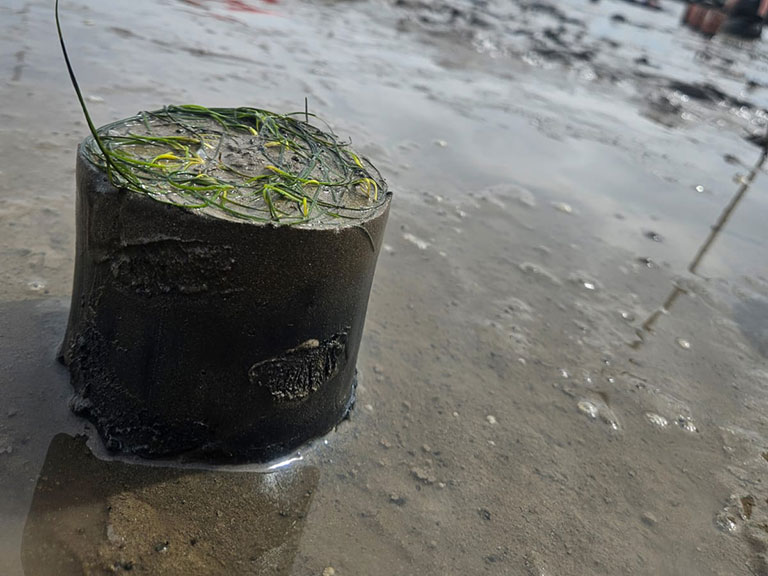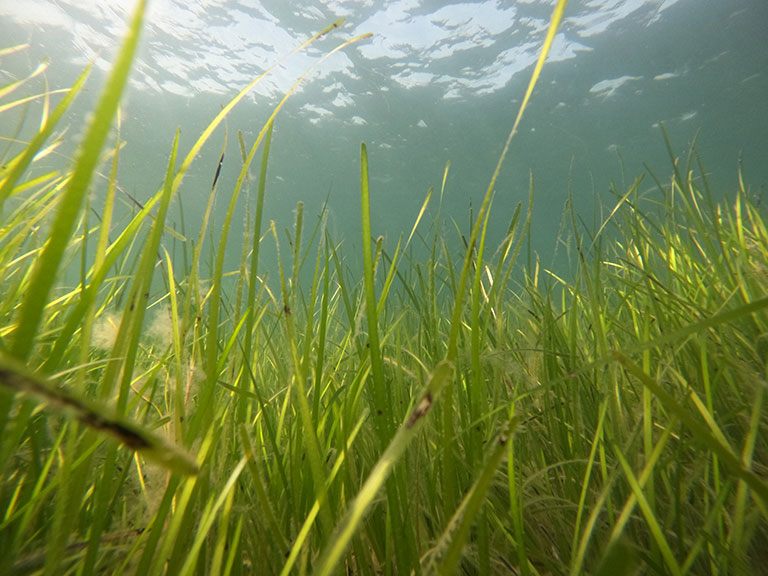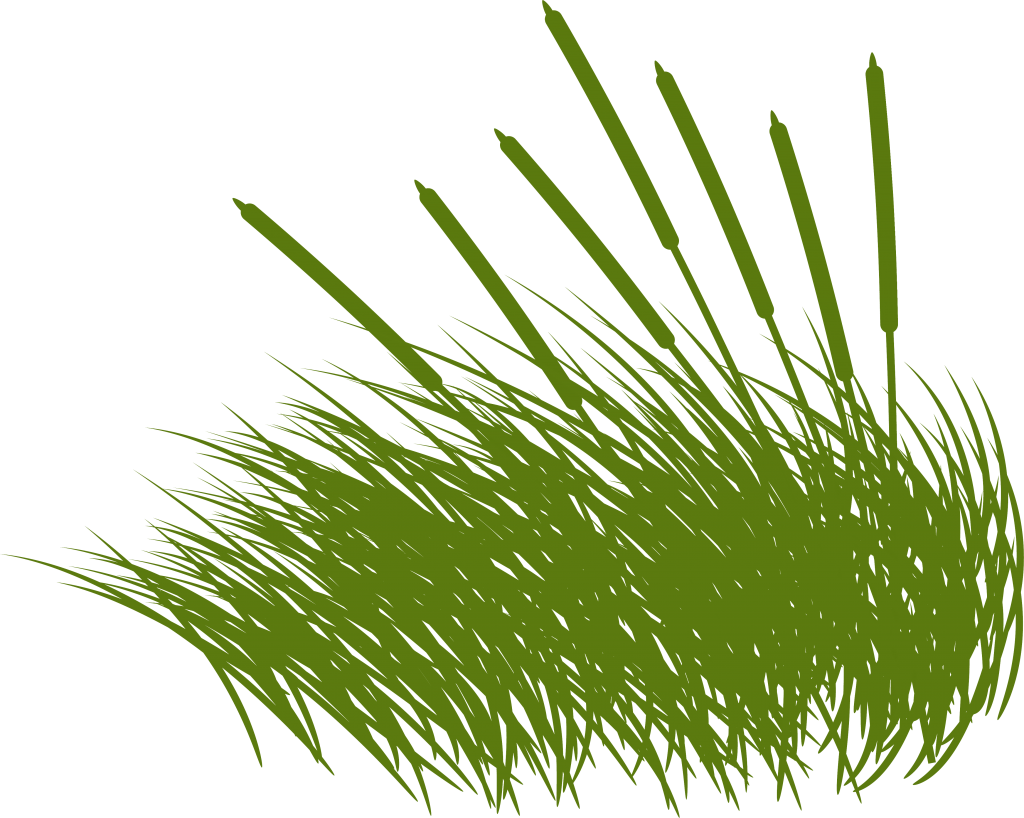Language: English | Cymraeg
Severn Estuary Habitat and Species Restoration Pathway Action Plan
Habitat and species restoration is the process of reestablishing the health and functionality of an ecosystem that has been degraded or destroyed. On the coast it can involve the reintroduction of plants like seagrass or saltmarsh, or animals like native oyster. Historically, there has been extensive loss of coastal habitats, mainly due to human activities. There has been a surge in habitat and species restoration projects all around the coast of the UK that aim to restore these important habitats.
Restoration projects can be pathways for the spread of INNS through the movement of people, plants, sediment, vessels and water. It is important that biosecurity is taken into consideration when planning a restoration project to prevent the introduction, spread and establishment of INNS.
Habitat restoration activities will require a Marine Licence that should include a licence condition for a biosecurity plan.
The INNS risks associated with habitat and species restoration activities are linked to the movement of animals (in egg, larval, juvenile, or adult stages) or seaweed (as fragments or spores) by vessels and equipment between locations. The main vectors in this pathway include:
- Movement of stock
- Monitoring activities
- Use of boats and equipment
Relevant stakeholders for this action plan include Government agencies, Local Authorities, eNGOs, Academic and Research Institutions, Community Groups and Volunteers and Industry Stakeholders.


(Photo credit David Jenkins, NRW)

(Photo credit Project Seagrass)

(Photo credit Project Seagrass)
Severn Estuary Habitat and Species Restoration Pathway Action Plan
| Action number | Action | Links |
|---|---|---|
| 5.1 | Endorse this plan and promote the uptake of actions contained within this plan across your sector. | |
| 5.2 | Nominate a biosecurity lead in your organisation/group. Encourage them to educate staff about marine invasive non-native species using the resources available on these biosecurity pages. | |
| 5.3 | Ask the biosecurity lead to report species on iRecord. If you do not recognise the species, send a photo to your local records centre. | IRecord Local Records Centres (ALERC) |
| 5.4 | Include reference to and consider biosecurity in risk assessments for works. | Marine Biosecurity for Construction and Events (NNSS) |
| 5.5 | Include biosecurity requirements in conditions for external contractors. If appropriate ask them to follow guidance in this biosecurity hub. | |
| 5.6 | Include information on INNS, biosecurity best-practice, inspections and reporting in mandatory induction training for staff. | Training (NNSS) |
| 5.7 | View the Blue Marine Foundation’s biosecurity decision cycle for an example of the factors that need to be considered when carrying out species restoration. | Blue Marine Foundation BIosecurity Plan Schematic (The Solent Forum) European Native Oyster Habitat Restoration Handbook (Native Oyster Network) |
| 5.8 | If a biosecurity plan is requested as part of a marine licence application, please use the resources section in our pathway page for guidance. | Check out Links and Resources |
| 5.9 | Ensure all kit and apparatus is Checked, Cleaned and Dried following best practice after every use. | Check, Clean, Dry for Field Workers (NNSS) |
| 5.10 | Consider a quarantine period if moving stock from areas of high risk. |
Links and resources:

 Severn Estuary Partnership
Severn Estuary Partnership